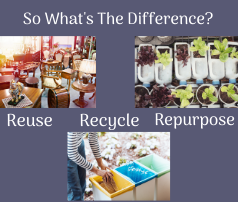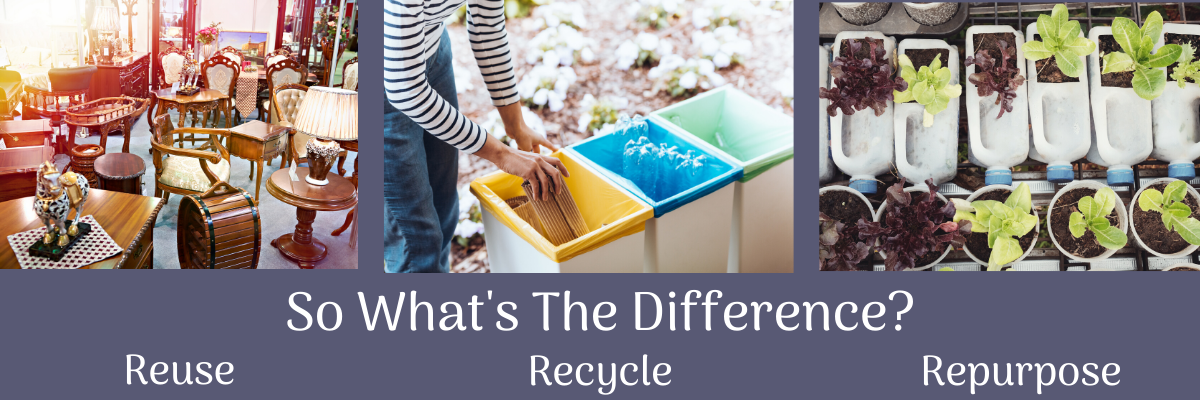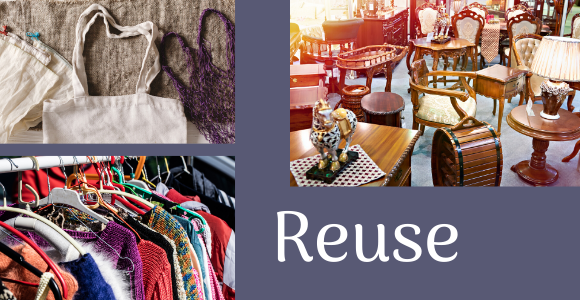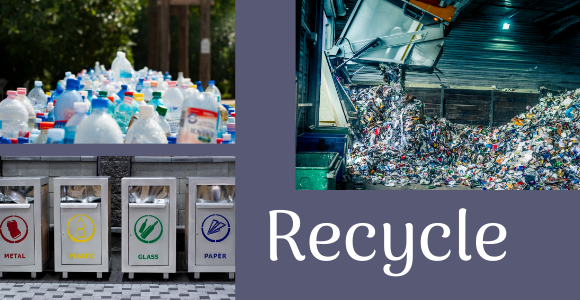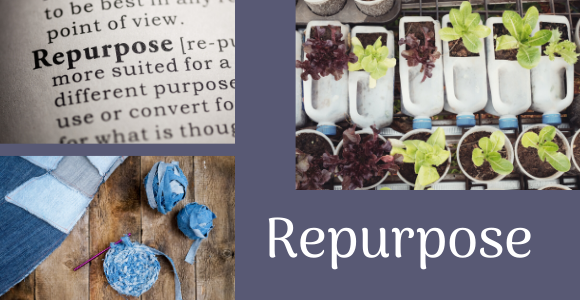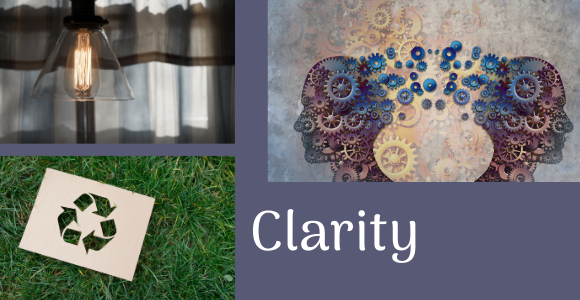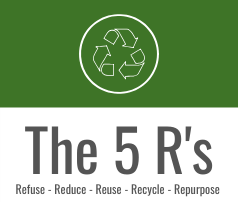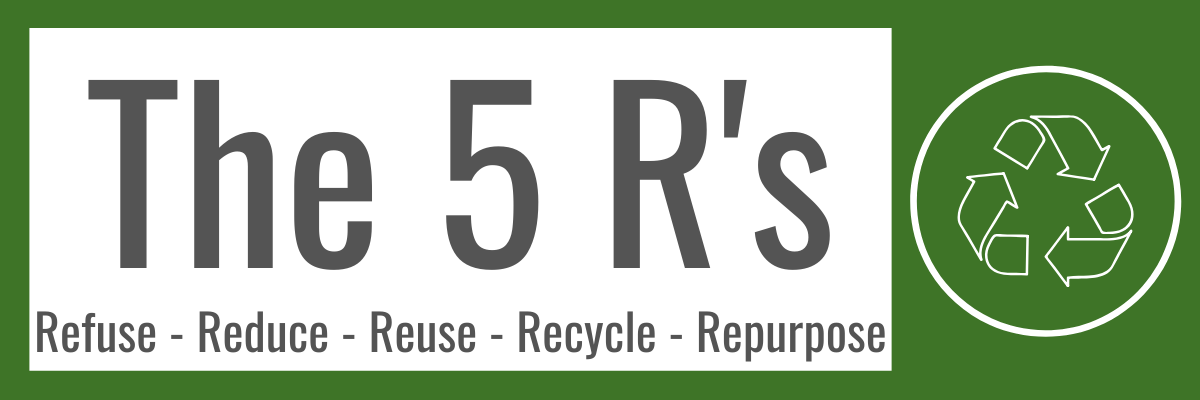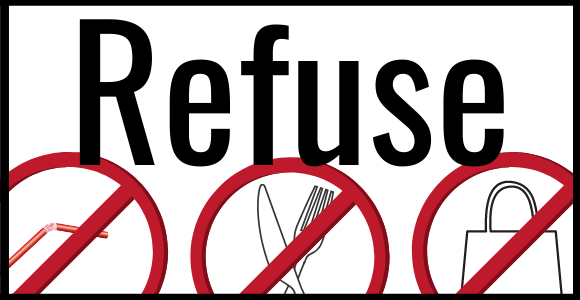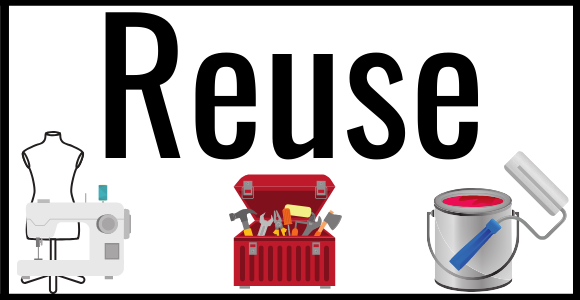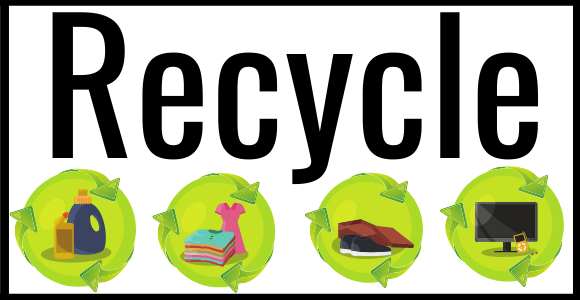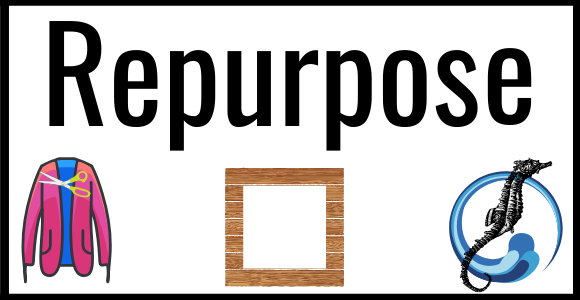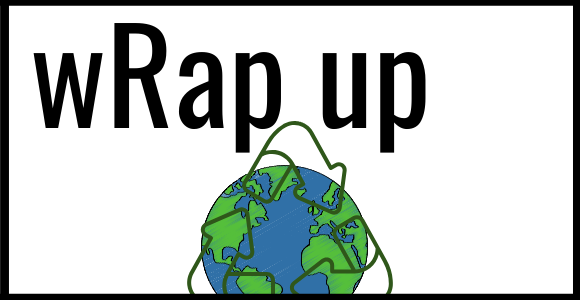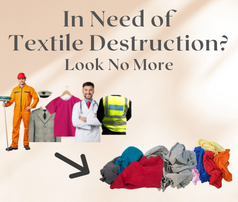 Our Company
Our Company
In Need of Textile Destruction? Look No More

Does your company have outdated uniforms, misprinted logos or no longer used company textiles? Want to protect the security of your company AND dispose of these items in an environmentally friendly way?
“Chicago Textile Recycling offers environmentally friendly destruction of excess, outdated or mis-printed branded materials. By utilizing our destruction service, you can rest assured knowing your brand identity is safe and your items are being recycled responsibly.”
Millions of pounds of textiles are sent to landfills every year. If your company is looking for a more environmentally-friendly solution to eliminating unwanted or outdated company textiles, Chicago Textile Recycling can help you. Here are a few of the specifics on what we can offer.
Acceptable Items
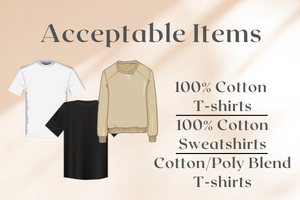
Chicago Textile Recycling, Chicagoland’s choice for textile recycling, is equipped to handle the following textiles for destruction services:
- 100% Cotton T-Shirts
- 100% Cotton Sweatshirts
- Cotton/Poly Blend T-Shirts
If your items are made of different materials than these, please contact us! We may be able to accept additional fabrics upon approval.
How Do I Transport My Items?

Whether you drop off, ship or have your items picked up, Chicago Textile Recycling has you covered. You can choose to drop off your items for destruction for free, ship them to our Hillside facility or we can pick them up for you for a flat fee.
“The fee will be quoted by a Chicago Textile Recycling staff member and is reflective of anticipated volume, location, logistics and processing requirements.”
Certificate of Recycling
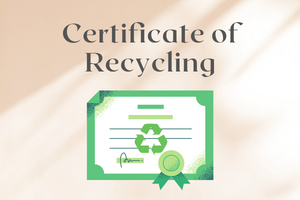
Once we have fulfilled your destruction services need, we are able to supply your company with a “Certificate of Recycling.” This document shows the poundage of textiles diverted from the landfill.
“The U.S. EPA estimates that textile waste occupies nearly 5% of all landfill space. While the EPA estimates that the textile recycling industry recycles approximately 3.8 billion pounds of post-consumer textile waste (PCTW) each year, this only accounts for approximately 15% of all PCTW, leaving 85% in our landfills.” (Read more here)
Your company can feel good about helping the environment by diverting textiles away from landfills. You can also rest assured that your uniforms won’t fall into the wrong hands once our services are rendered.
Proof of Destruction
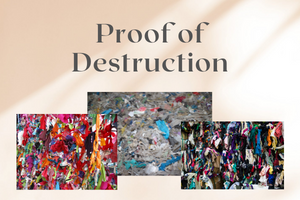
Upon completion of destruction, Chicago Textile Recycling is able to supply your company with pictures of the destroyed materials. “To ensure you feel confident with your brand security, Chicago Textile Recycling can provide photographic proof of destruction upon request.” Make company safety and the health of our planet a priority by reaching out to Chicago Textile Recycling today.
Learn more here.
Chicago Textile Recycling is Here for You
Whether you need a donation bin, resale store, destruction services or a drop off location for bulk donations, we have you covered at CTR. Chicago Textile Recycling is Chicagoland’s choice for textile recycling. Our aim is to educate and empower our readers to improve our planet for years to come.
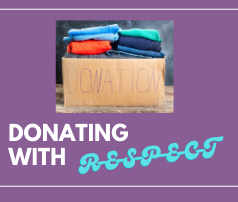

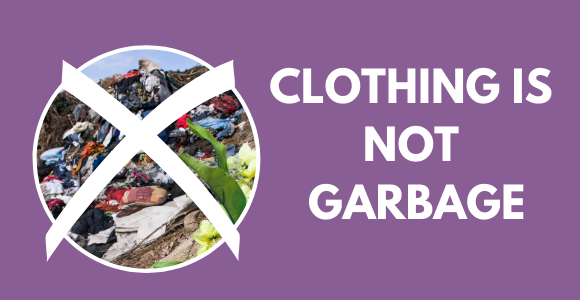
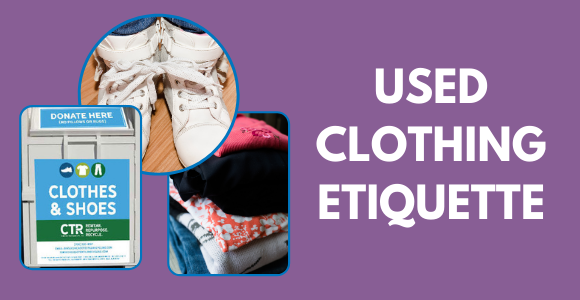
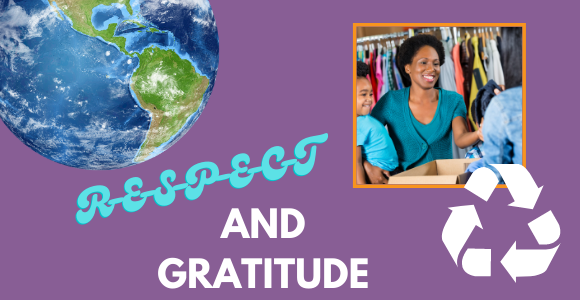


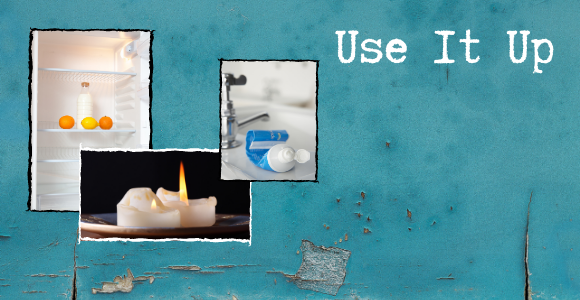
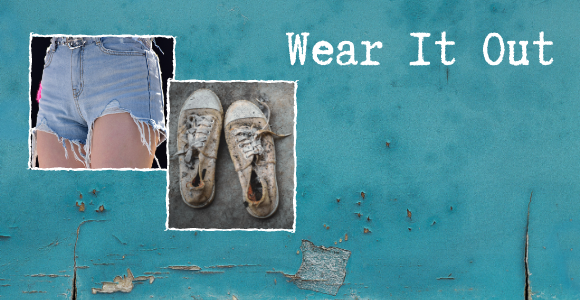
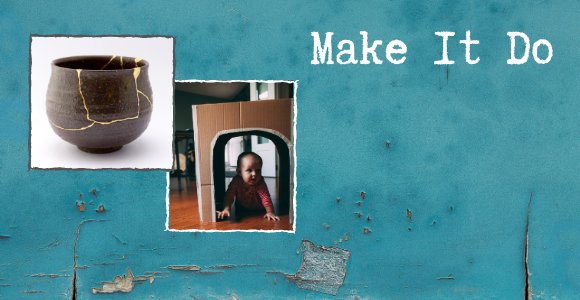
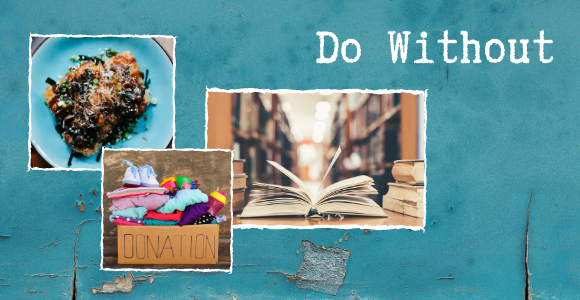

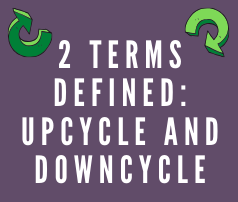

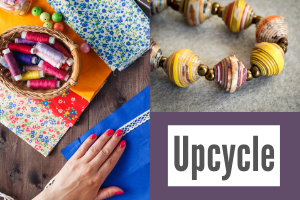 Merriam-Webster online
Merriam-Webster online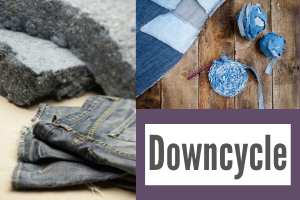 In comparison to upcycle,
In comparison to upcycle, 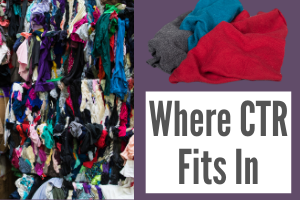 Chicago Textile Recycling, as a part of its parent company
Chicago Textile Recycling, as a part of its parent company 